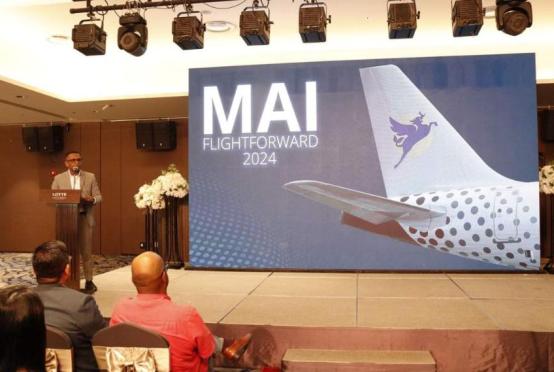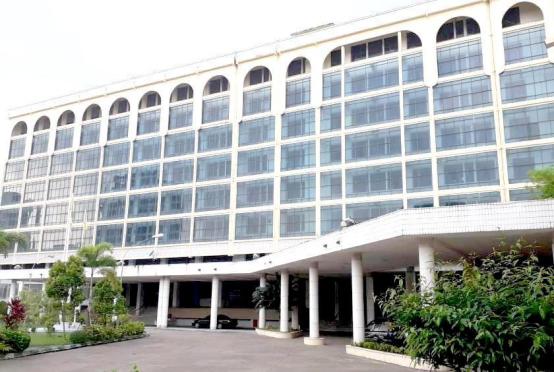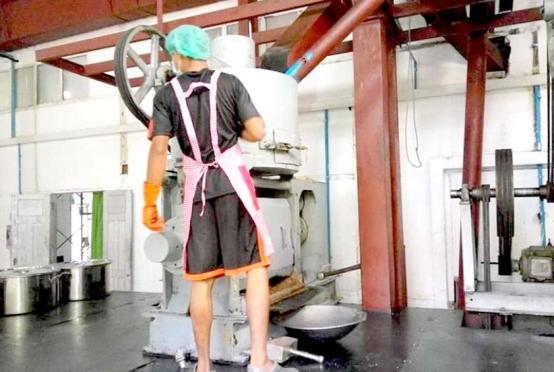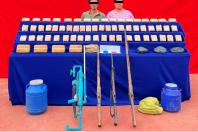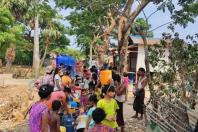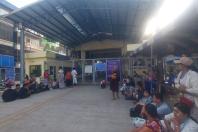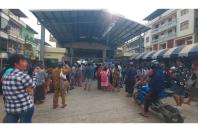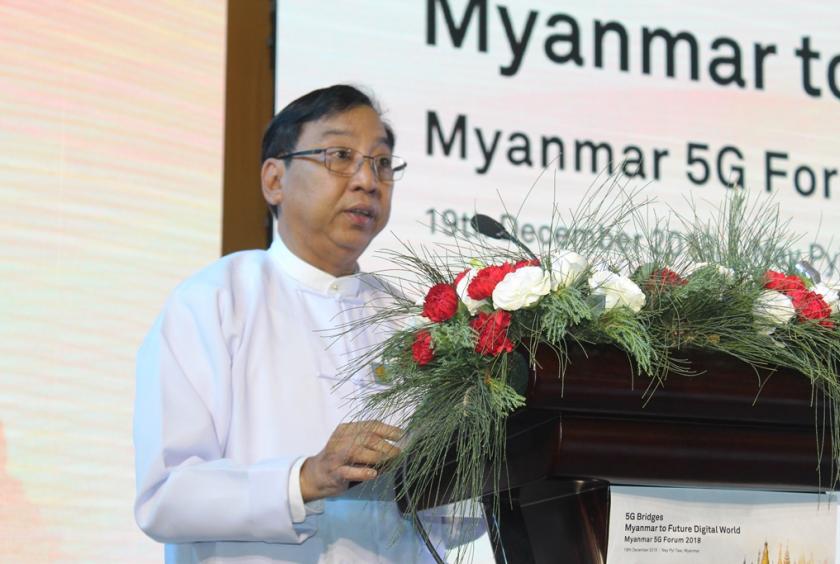
Common challenges for developing nations in their digital transformation including the lack of infrastructure and technical knowhow may not be able to deter Myanmar from embracing the fifth generation of wireless technology known as 5G, according to speakers at the Myanmar 5G Forum2018 held on Wednesday.
At the event jointly organised by Myanmar Posts and Telecommunications Department and Huawei Technologies Co, government officials and international experts shared insights on 5G and its potential impacts on Myanmar.
Chit Wai, permanent secretary at the Ministry of Transport and Communications, said Myanmar would leapfrog in terms of technology to catch up with developed countries in the region.
“We can now say that our dream to see a fully-connected digital society is not far away. To bridge Myanmar to the future 5G digital world, the government will create a favorable environment for innovation and investment when 5G comes,” he said.
The official considered the forum as Myanmar’s first step to enter into the 5G era. He pledged to create a high speed platform to improve infrastructure and build capacity to e-serve Myanmar citizens.
Currently, the mobile network has connected over 90 per cent of the population. The telephone density now has reached 105 per cent, improving eight times than 2013 when only 13 per cent of the population had a mobile phone. Now, more than 80 per cent of Myanmar people have at least one smartphone, he said.
According to the statistics, the national fiber backbone has reached 68,000 kilimetres, and the international bandwidth has reached 445Gbps, 15 times higher than five years ago.
“With these successful 5G readiness foundation, we now look forward to enjoying the benefits of 5G to further boost our ambition. We aim to cover 50 per cent of the population with high speed internet access by 2020. Myanmar citizens should enjoy 100Mbps high speed internet in cities, and at least 20Mbps internet speed in rural areas,” he said.
The government expects to see significant social impacts on key sectors such as telecommunications, health, education, agriculture and industry, making citizens connected and empowering them on a digital platform.
He said the deployment of such networks will emerge between 2020 and 2030. 5G radio access will be built upon both new radio access technologies and smoothly evolved existing LTE-based wireless technologies. Breakthroughs in wireless network innovation will also drive economic and social growth in entirely new ways.
“5G will realize networks capable of providing zero-distance connectivity between people and connected machines. It will enhance all aspects of our life that are already influenced by the use of digital technology,” he said.
“We will enhance the availability and boost current 4G network excellent quality of services before the 5G era comes, to smoothly improve user experience from 4G to 5G anywhere, anytime.”
In a bid to provide e-Government internet platform, the Ministry expects fixed wireless access (FWA) synergy with fiber and share the State-owned infrastructure resource, he said.
The official urged telecom operators to continuously invest in legacy mobile broadband network and provide excellent services at affordable prices. He encouraged them to use the most advanced technologies and partner with the best companies to achieve leapfrog development.
Myo Swe, deputy director general at the Posts and Telecommunications Department, said 5G would play a key role to achieve Myanmar’s vision to become a mobile-first, digitally-connected nation.
He discussed about three key challenges Myanmar must address in its digital transformation journey.
“Firstly, we must have a clear spectrum strategy. We need harmonised continuous large spectrum band and efficient 5G oriented spectrum regulations. Secondly, our telecom sites should also be ready before 5G comes, including the site density, space and power, etc.
“The third challenge is that industry partners need to provide a mature ecosystem, including chipset, device, network and rich applications. They should meet the requirements in emerging markets like Myanmar. Last but not least, operators and partners need to cultivate a business model to smoothly migrate from 4G to 5G,” said Myo Swe.
He said the Department would review and release the revised spectrum roadmap in the first quarter of 2019, and release Myanmar National Broadband Whitepaper next year with the support of industry partners. The second 5G forum is scheduled to be held in the second half of next year.
“Let’s seat together again and see how much progress we have made and what will be the final steps to make 5G really sparking in Myanmar,” he said.


